LG BX OLED TV review
LG BX OLED Specs
Price: $1,399.99
Model number: OLED55BXPUA
Screen size: 55 inches
Resolution: 3840 x 2160
HDR: Dolby Vision IQ, HDR10, and HLG
Refresh rate: 120 Hz
Ports: 4 HDMI 2.1; 2 USB; 1 composite w. adapter; Ethernet; RF; digital audio
Audio: 40 watts (20-watt woofer)
Smart TV software: webOS 5
Size: 48.3 x 27.8 x 1.8 inches [w/o stand]
Weight: 41.7 pounds [w/o stand]; 43.9 pounds [w. stand]
In spite of being on the market since 2012, big screen OLED TVs have continued to impress. The 55-inch LG BX OLED TV entry model is a sign of how the sets have matured over the years while maintaining a market-leading picture.
With a price tag of roughly $1,400, this LG BX 4K TV supports all the latest high dynamic range standards (Dolby Vision, HDR10 and HLG for streaming and broadcasts) and boasts convenient features, such as support for Amazon and Google’s voice assistants. Its OLED or organic light-emitting diode display, unlike LCDs and quantum dot sets, doesn’t need a separate back light to create a picture. The organic elements emit their own light, which means that each pixel can be completely turned on or off individually so there’s virtually no light-leaking halos or grayish cast to the picture.
So with such a scintillating image, the major challenge for most shoppers looking for the best picture at a reasonable price will be deciding between this BX model and LG’s own CX OLED version. A mere $100 separates the two 55-inch TVs. The major difference is that the BX sets use the previous generation A7 LG video processor, versus the A9 in the CX sets. However, as our LG BX OLED TV review clearly shows, most viewers will be hard pressed to tell the difference between the two pictures.
Editor’s Note: We have updated the pricing and availability section of this review to reflect current information. The rating and overall recommendations of our review remain unchanged from when it ran in January of 2021.
LG BX OLED review: Price and Availability
The BX models are LG’s entry-level OLED sets. Three sizes are offered. Both the 55-inch model reviewed here and the 65-inch version can be easily found through major retailers like Best Buy and Amazon. The third BX is a copious 77-incher, which can be difficult to find, but can be found through some retailers for a little over $3,000.
Confusingly, LG also has a CX line with a similar design and feature set that is priced so closely to the BX line that buyers may end up choosing between the two lines based merely on availability. For example, the 55-inch CX, a very popular set, is only $100 more than the BX 55-incher. The 65-inch CX has a larger price difference, but the similarities continue. However, the more premium LG CX OLED does use the more powerful Alpha 9 Gen 3 AI processor, which accounts for the performance differences noted in our testing and evaluation below.
One important note: because all three BX OLED models are founded on the same OLED technology and panel designs, they deliver the same sharp picture across the line, allowing us to recommend not only the 55-inch we tested but also the larger 65-inch and 77-inch versions.
LG BX OLED review: Design
In addition to the crisp picture, OLEDs offer the thinnest TV designs possible. The LG BX OLED is about 0.25-inches thick, for example. However, the official depth specification for the 55-inch LG BX is 1.8 inches to reflect the fact that the lower third of the back of the set has an attached module that houses speakers as well as the electronics and ports for hooking up video sources.
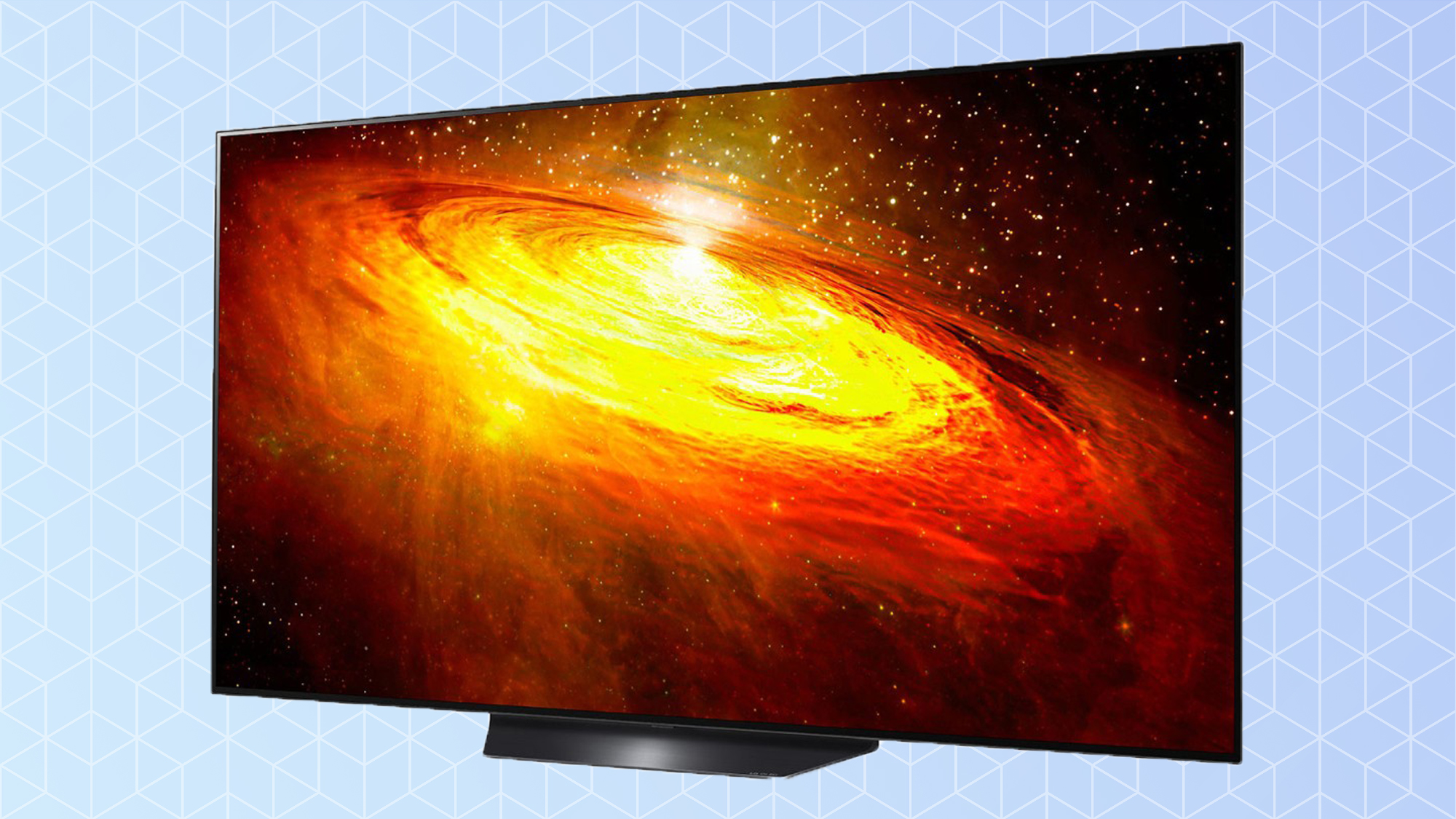
The bezel around the screen is also svelte at less than a quarter-inch thick, making it an ideal design for wall mounting. Should you want to do so, the LG BX uses a standard VESA 300mm x 200mm bracket.
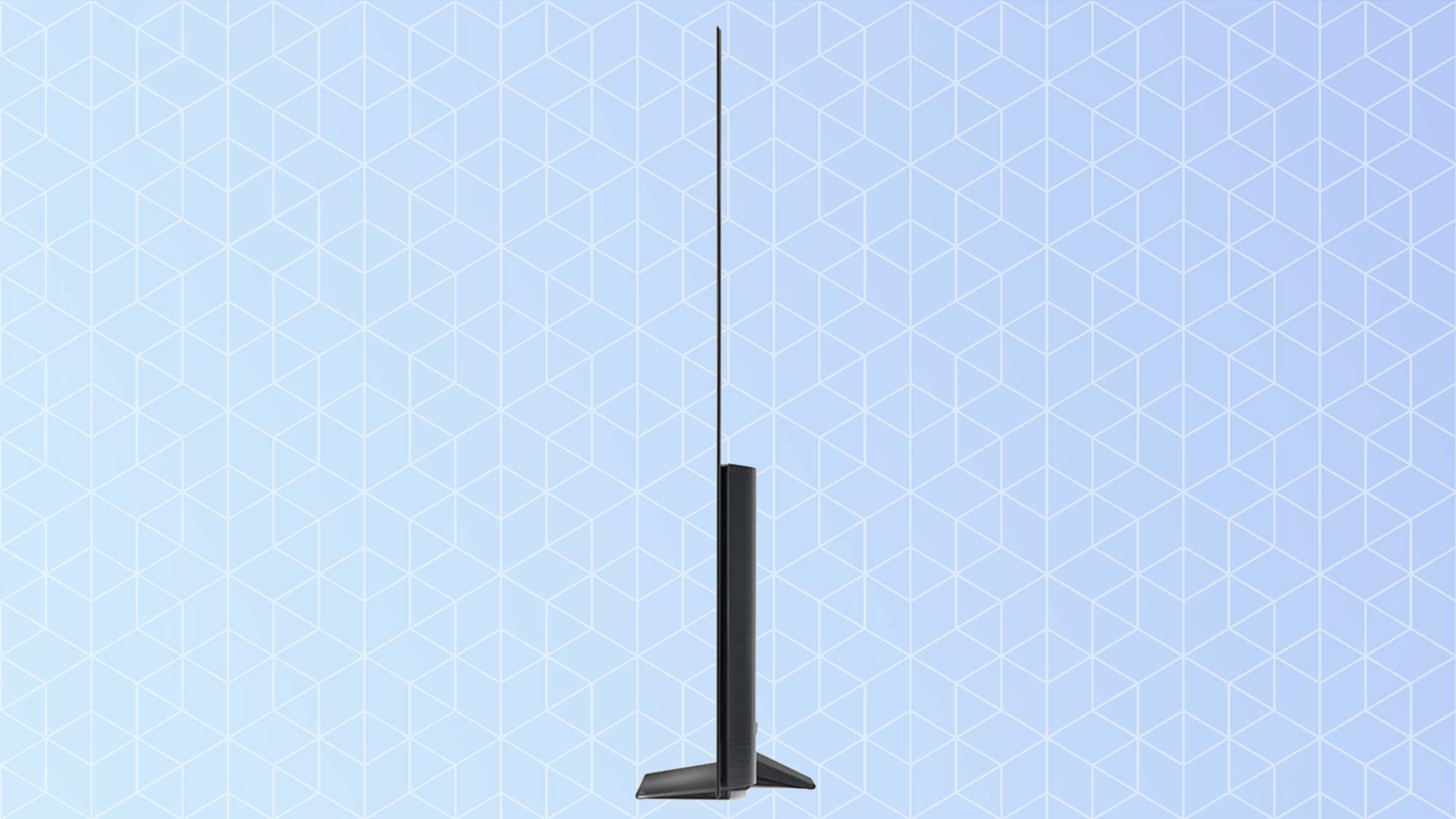
Alternatively, for a table-top setup, the BX includes a center, wedge-like pedestal that could also be used to perch it on a large sound base or box (although many owners may find that unnecessary, see “Audio” below).
LG BX OLED review: Ports
The LG BX supports Wi-Fi 802.11ac to make an Internet connection. There’s also Bluetooth 5.0 support so you can pair up wireless headphones for late-night listening or connect a set of wireless speakers. To boost wireless audio quality, LG supports the aptX standard, as well, and includes Apple Airplay 2 and Apple Homekit compatibility.

On the back of the set is a complete set of wired connections: There are four HDMI – two HDMI 2.0 ports and two of the newer HDMI 2.1 connections, which offer higher bandwidth for features like eARC, auto low latency mode and variable refresh rates with support for 120Hz PlayStation 5 and Xbox Series X owners.
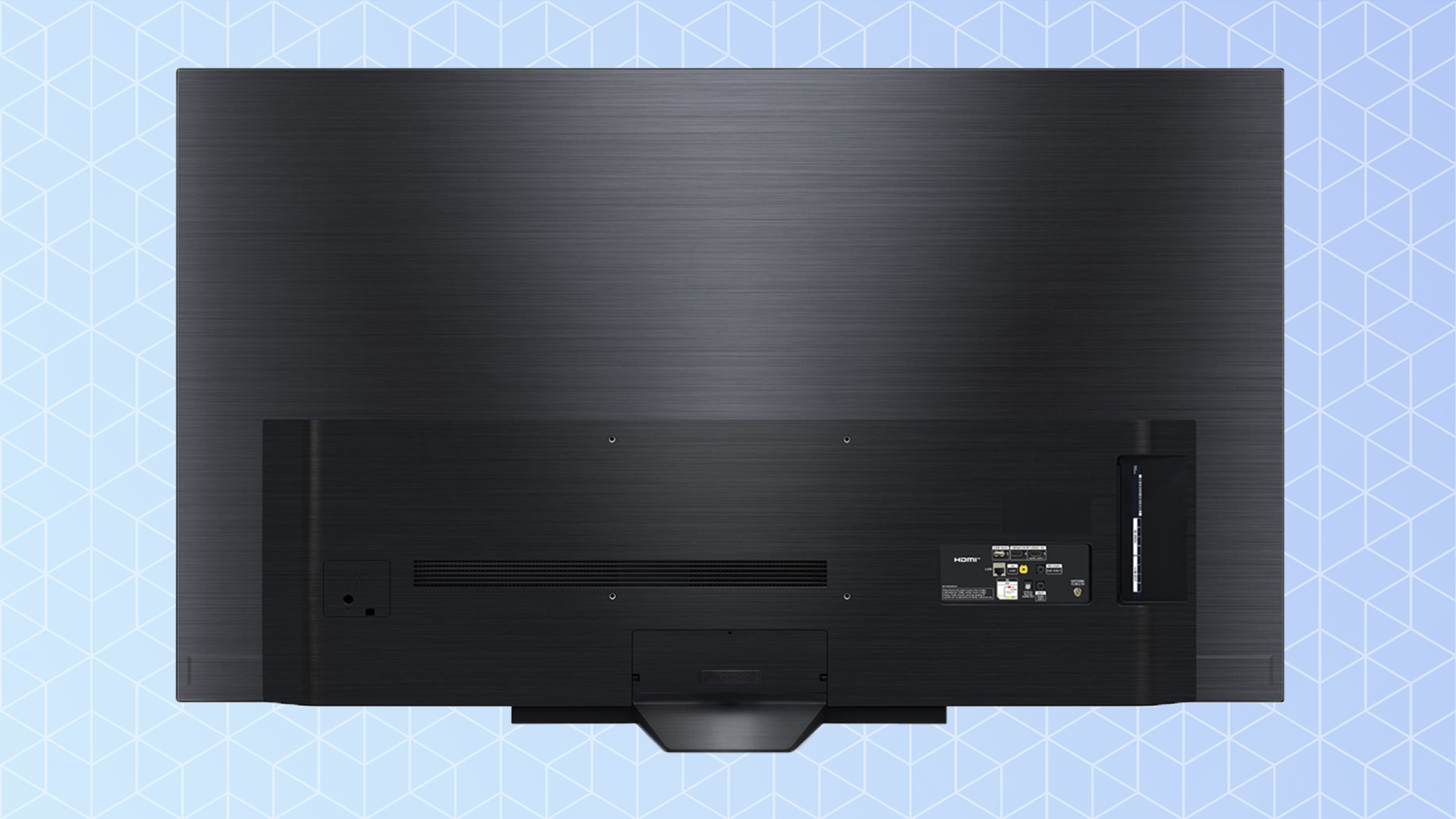
Also here are three USB 2.0 ports, an Ethernet port, an RF coaxial connector for an antenna, and optical digital audio output and a mini jack for headphones. If you’ve got some ancient video equipment you can’t part with, there’s a special plug that uses a supplied composite video adapter for making the connection.
LG BX OLED review: Performance
Overall, the 55-inch LG BX delivers an impressive 4K picture with excellent HDR support and solid upscaling capabilities (for those situations when you’re watching a standard HD program). Like its other OLED brethren, the bars around letterbox movies are inky black and pinpoints of light, like star fields, appear sharp and crystal clear on the LG BX. Moreover, OLEDs deliver the best viewing angles of any TV technology so that even when you’re relegated to the end of the couch or corner of the living room, colors will remain vibrant and accurate from your point of view.
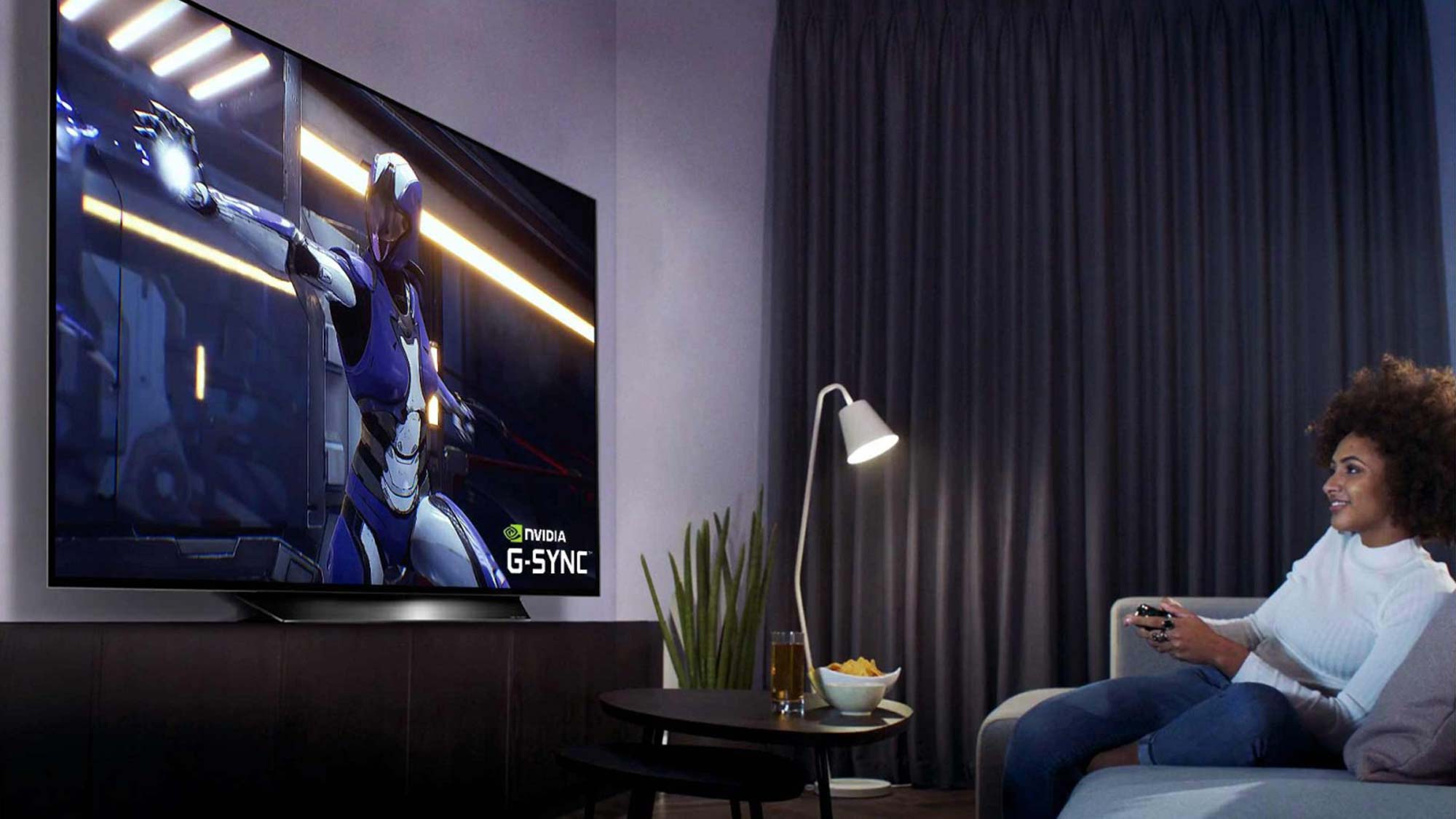
What’s different here is that the LG BX lacks some more advanced video processing that is offered in the company’s more expensive models. Those sets use LG’s Alpha 9 processor and apply more levels of picture noise reduction, for example, and can more precisely isolate image objects (like faces) to apply additional processing. However, many of these “enhancements” can annoy purists, and honestly we didn’t miss the additional software tweaks.
LG already offers a wide array of preset modes to please most viewers. There are Vivid, Standard, Cinema, and Sports modes, for example. An HDR effect attempts to intensify highlights in pictures, but we found it tended to blow out details and overemphasize bright spots.
There is also a Filmmaker Mode, which produces images as close to the original picture as possible by disabling video processing effects like motion smoothing and reinstating the original movie’s aspect ratio, colors and frame rates. Like Cinema mode, it can seem more muted than other presets but we tend to favor it for testing whenever it is supported. Otherwise, our viewing judgments are based on Cinema mode.
With full-on 4K material, the LG BX delivered a crisp, even picture. Details come alive and even background objects, like the high-velocity speeder that momentarily pops into view in a scene from Star Wars: The Rise of Skywalker, look realistic and sharp. And when more subtle moves were called for, the set handled dark shadowy scenes such as Rey scaling a wrecked starship with an even-handedness that was lacking in the early days of OLED.
The LG BX also handled color transitions without noticeable banding. In Once Upon a Time in Hollywood, the 4K HDR disc revealed unblemished sunny California skies. And details such as motes of dust floating in the air at Charlie’s ranch looked eerily realistic.
Streaming Dolby Vision material also looked good. Can’t get enough of Grogu? The Mandalorian looks equally impressive, whether it’s dealing with rapid hand-to-hand combat or a slow pan of a prison junkyard.
To see how the LG BX upscaled lesser resolution programs, we tested the set’s over-the-air tuning abilities. Scanning for local stations with a Mohu antenna, we managed to find 63 channels with an automated scan in our area. Most of the stations looked good and when there was reliable reception, the set did a more than respectable job upscaling HD video to 4K dimensions.
LG BX OLED review: Test Results
Using our usual test package—an X-Rite i1 Pro spectrophotometer and SpectraCal CalMAN Ultimate calibration software—we found that when compared to the slightly more expensive LG CX, the BX model delivered just as vibrant and colorful a picture. It yielded 133.7 percent of the Rec 709 official specification whereas the LG CX did only infinitesimally better with 134.6 percent.
The LG CX with the more advanced processing did appear to be more faithful in rendering colors, however, than the BX model reviewed here. The BX set had a Delta E result of 2.9, but a lower number is better in this regard and LG’s CX was truer with a Delta E of 1.9.
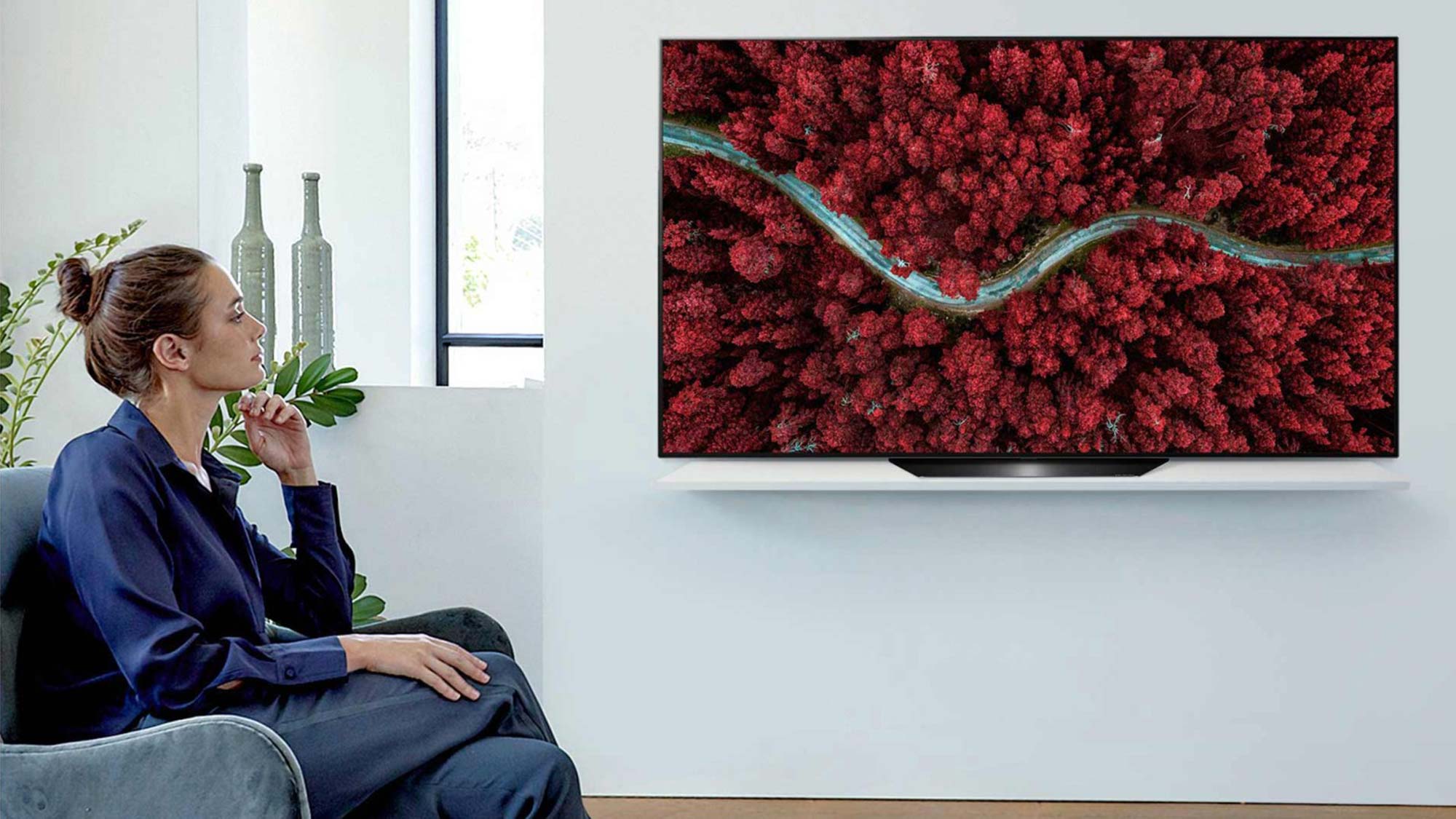
On the other hand, the entry level LG BX did very well compared to the OLED competition from other companies. The Vizio OLED TV (OLED55-H1) was not as accurate in terms of color reproduction with a Delta E of 4.3, while the Sony Bravia A8H OLED was better in this regard, with a Delta E of 1.5, but at a significant price premium over the LG BX of several hundred dollars. Moreover, the LG BX was able to reproduce more colors in the Rec 709 spectrum than either of those sets. The LG BX did 133.7 percent of the color gamut with the aforementioned Vizio and Sony sets doing worse (130 and 108.9 percent, respectively).
Gamers will be encouraged by the LG BX test results, as well. In gaming mode, with nearly all video processing shut off, the set turned in a lag time of only 14.5 milliseconds. That’s quicker than not only LCD sets but it also proved faster than comparable OLED sets from Vizio and Sony. The Vizio OLED TV had a lag time of 21 milliseconds, for example, while the more expensive Sony A8H OLED turned in a time of 18 milliseconds.
LG BX OLED review: Audio
Big screens’ big vulnerability is usually sound quality. But LG has managed to significantly improve the audio with the BX much in the way it does with the nearly identically designed CX.
It begins with 40 watts a side and the expanded backside of the TV that allows it to deliver more gusto on soundtracks and music videos. There are several preset sound modes, including Standard, Clear Voice, Music, and Cinema modes. Clear Voice enhances and centers the vocal sound components, while Sports mode boosts the high end to annoying (rather than exciting) levels. Going from Standard to Cinema modes is like having mufflers lifted from your ears; Miles Davis’ horn goes from buried in the mix to floating above the screen.
Overall, we found the sound remarkably well rounded in Music and Cinema modes and at volume levels of around 30 percent there was plenty of volume to make movies a truly home theater event.
If none of this works for you, the LG BX includes an AI Acoustic Tuning setting that uses the remote control’s microphone to calibrate the sound and tailor the audio to your particular surroundings. It takes just a few seconds to perform the calibration, after which you can compare the before and after audio. In our test environment, the AI result sounded better, delivering a more open soundstage that put music front and center.
LG BX OLED review: Smart TV
LG relies on its own smart TV software, dubbed webOS, rather than a third-party program such as Roku TV or Android TV. As such, it’s one of the few that compare well to those more well-known programs. Moreover, it boasts built-in support not only for Amazon Alexa but also for Google Assistant.
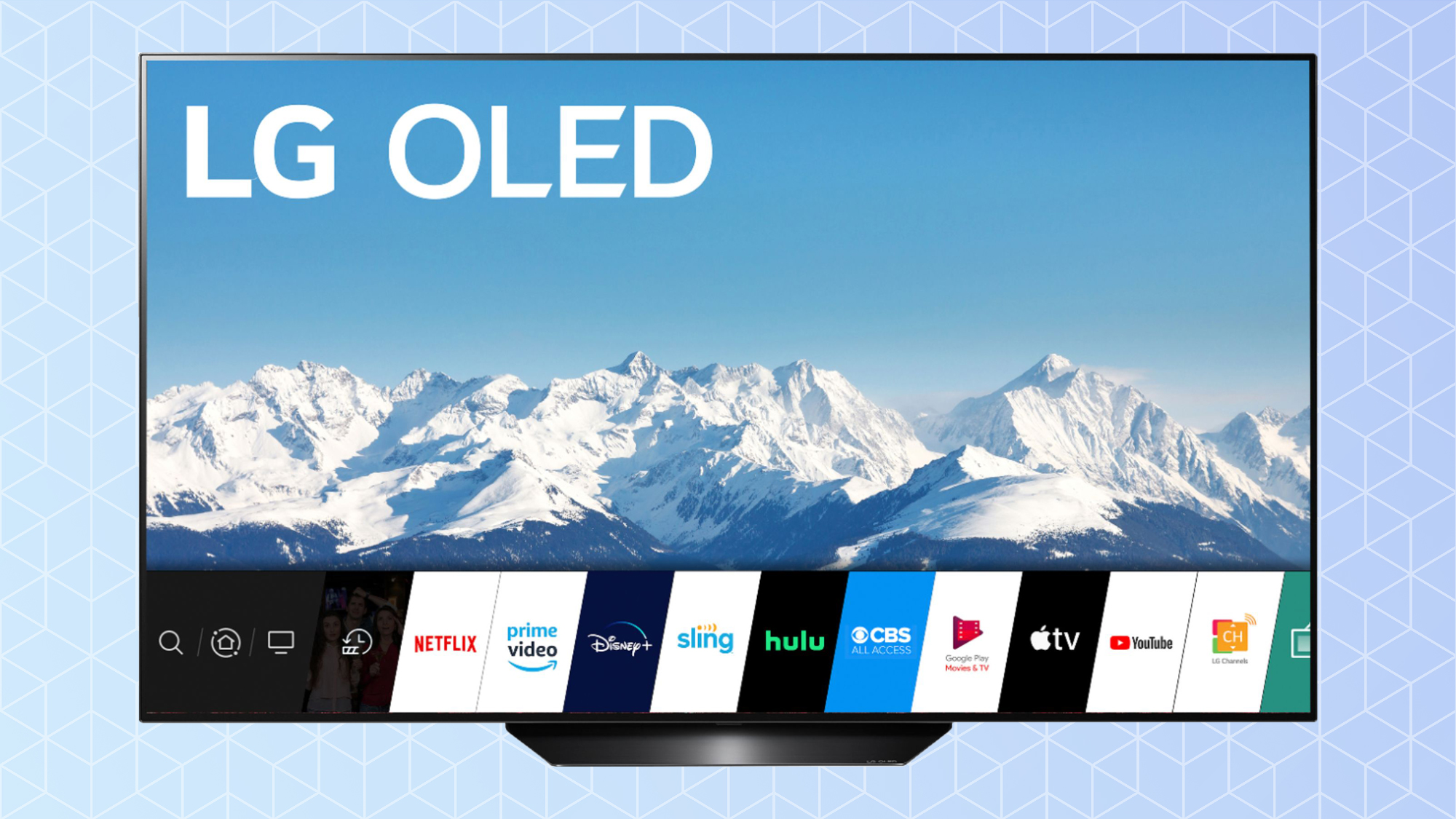
The webOS’s flexible and clear, horizontally arranged tabs make it easy to learn. It also supports the major streaming apps, such as Netflix, Prime, Hulu, Disney+, and Showtime. Admittedly, it doesn’t offer the extensive array of apps that Android TV-based sets or Roku models cover. And there are some glaring omissions from the LG Content Store (the company’s nomenclature for apps): there’s no app for the Criterion Channel, for example.
On the other hand, both smart voice command systems worked well on the set. We found the support for Alexa was a definite benefit. And looking for content using Google Assistant was quite easy. Push and hold the mic button on the remote control and ask for Steely Dan’s Can’t Buy a Thrill and you’ll be taken to the full album on YouTube.
LG BX OLED review: Remote
LG’s remote controls are unusual in that they move a cursor around the screen like a wand. The company calls them Magic Remotes. The larger-than-average controllers (over 7-inches long and nearly 2 inches wide) are certainly more comfortable to use than most models. The remote’s curvature and balanced weighting is evidence of its superior ergonomics, and it includes all the necessary buttons to help you get to programming or TV settings quickly.
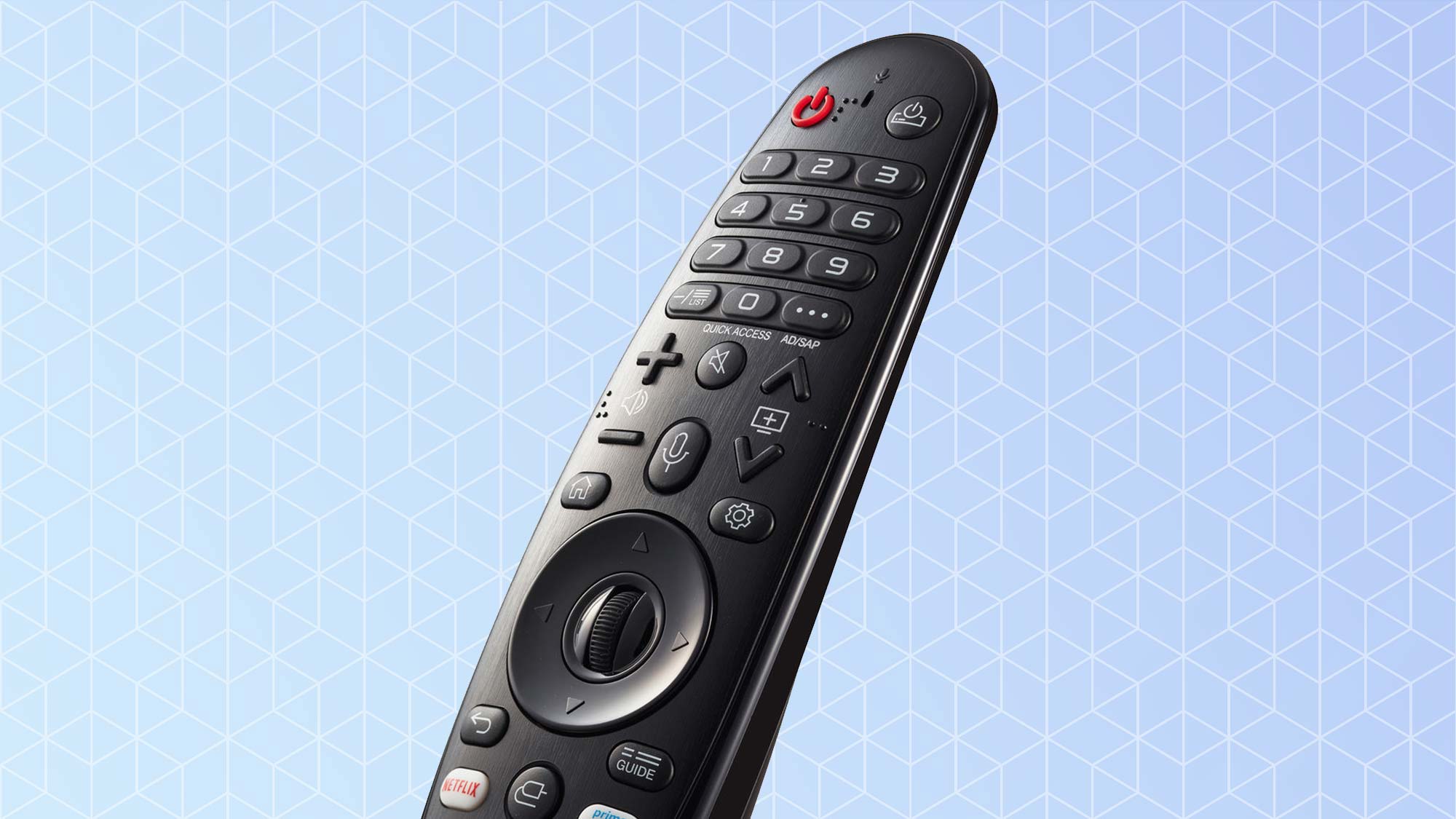
There’s a full complement of numeric buttons, for example, and a scrolling/clickable wheel in the center for moving a cursor around the screen and navigating menus quickly. Better still, the volume and channel buttons have raised symbols so you can find them by feel in the dark.
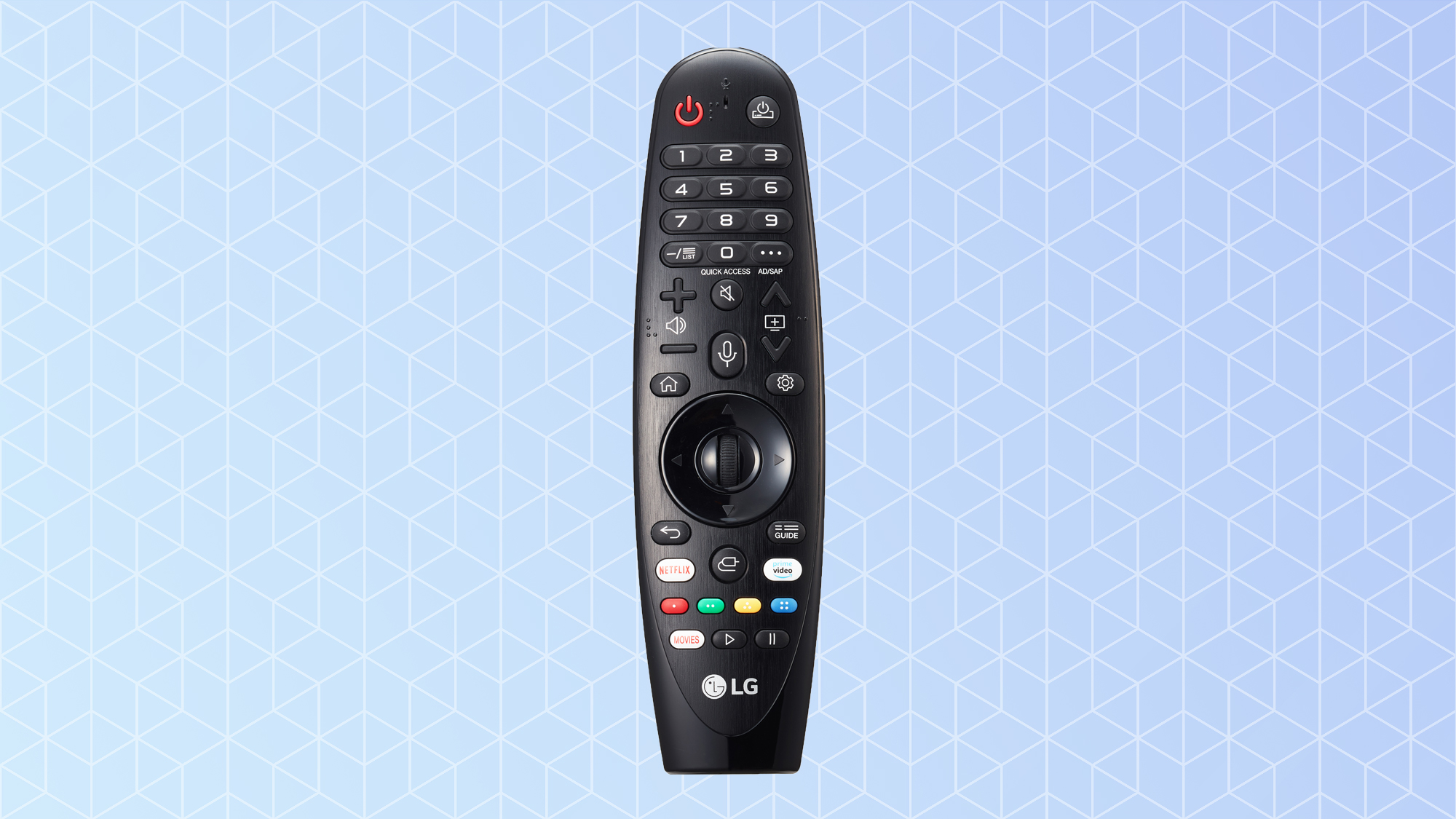
The LG remote can also be used to control other video sources, such as PlayStation or Roku box. All in all, a capable complement to the TV.
LG BX OLED review: Verdict
Shoppers have their work cut out for them here. The LG BX 55-inch set is so close in terms of skills and price to the company’s CX model for only $100 more that it’s difficult to distinguish between the two. On the other hand, the full complement of convenient features coupled with solid picture and sound performance make the LG BX a better choice than the Vizio OLED TV, which is only $100 less, or the high-end Sony Bravia A8H OLED, which is 30 percent more expensive. In the end, the LG BX may just be OLED 4K TV you’ve been looking for all this time.
See where else the LG BX OLED TV is mentioned:
Best 4K TVs | Best LG TVs | Best OLED TVs
For all the latest Technology News Click Here
For the latest news and updates, follow us on Google News.
